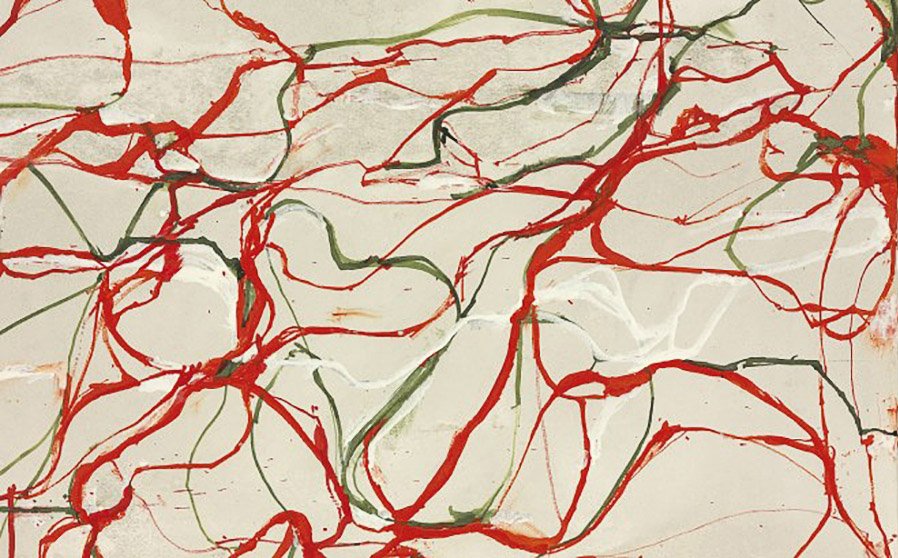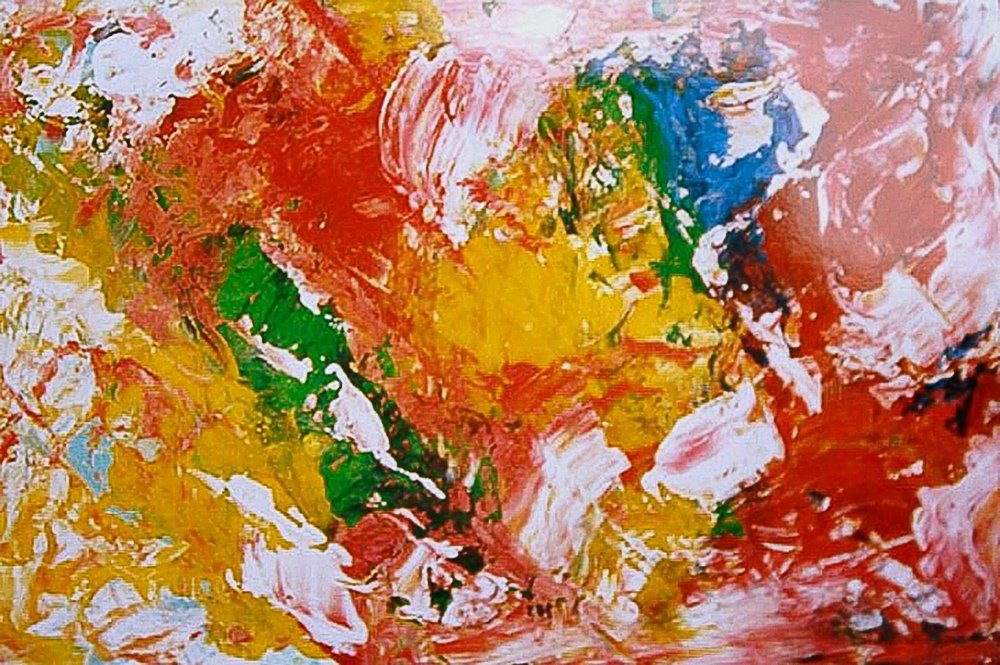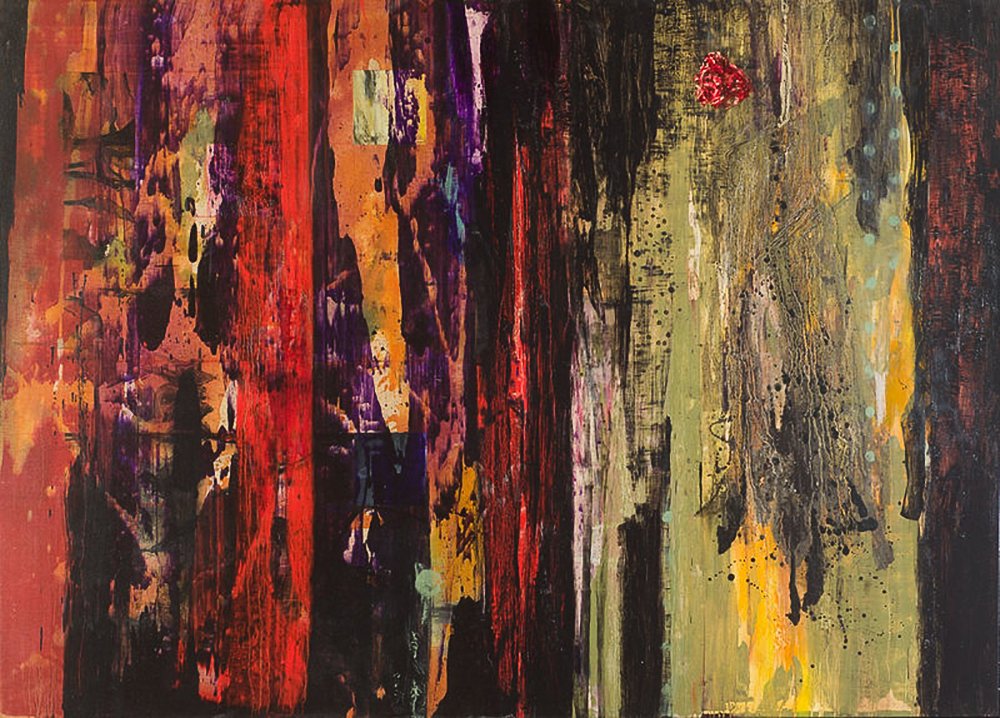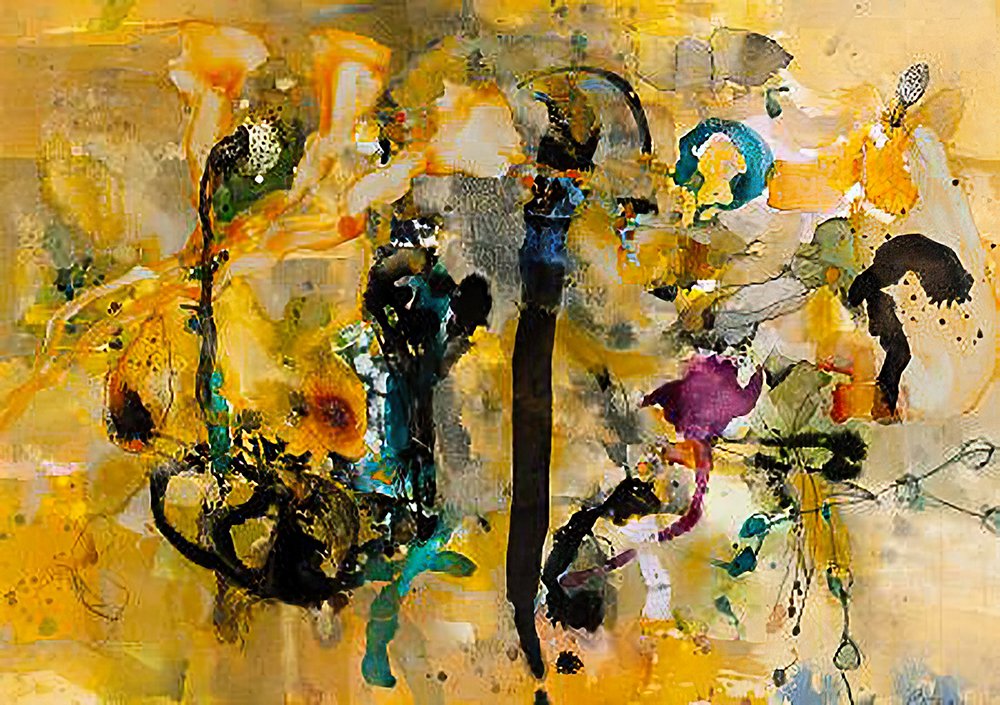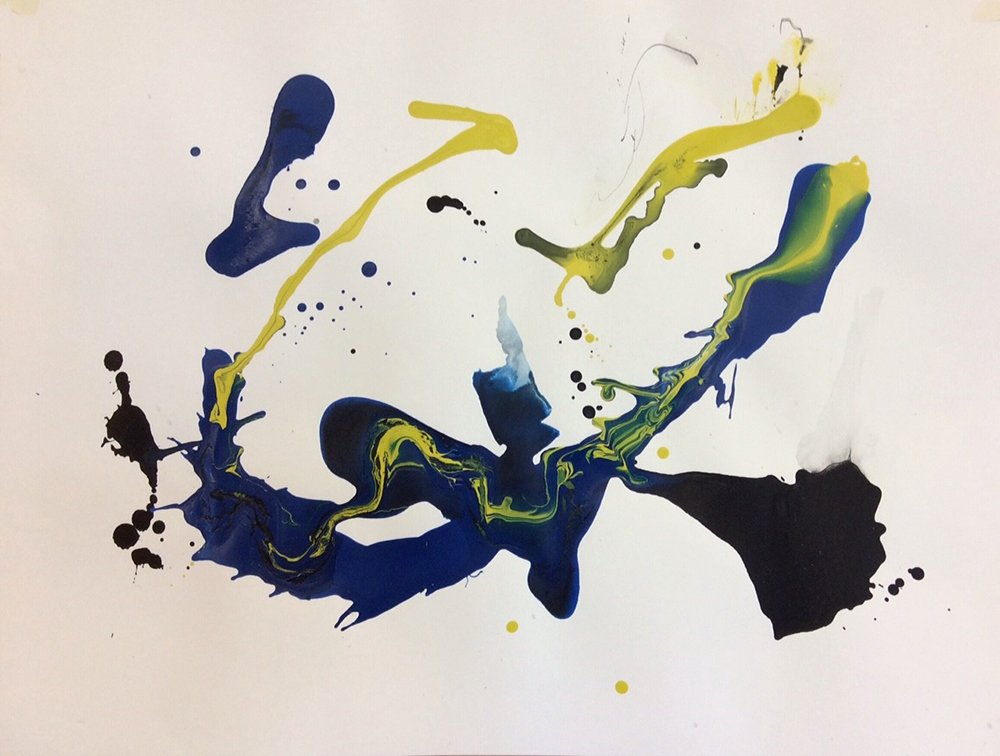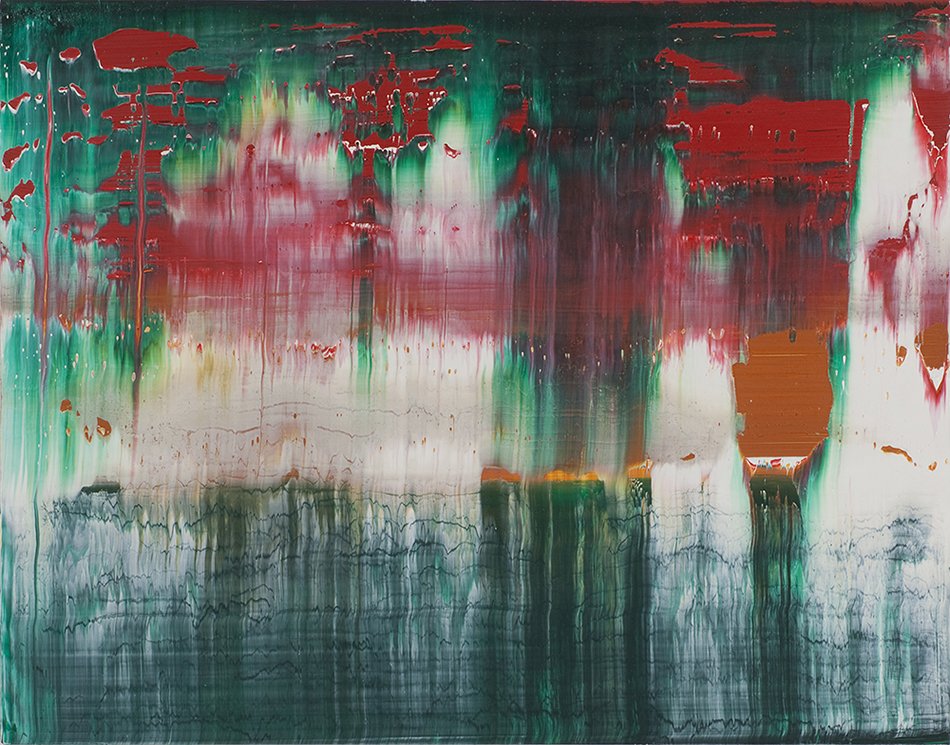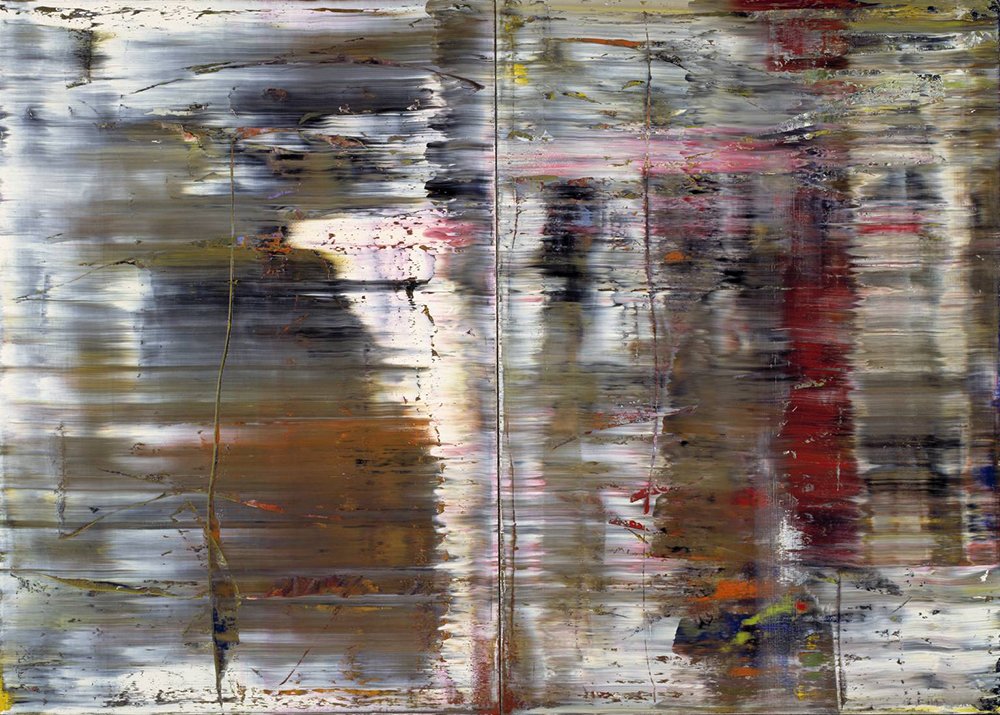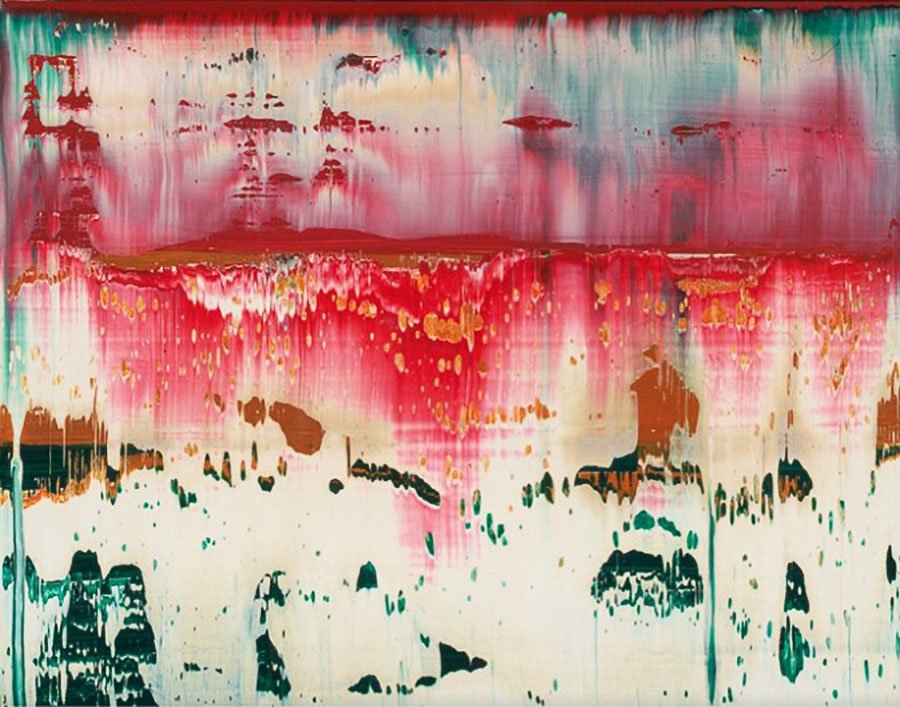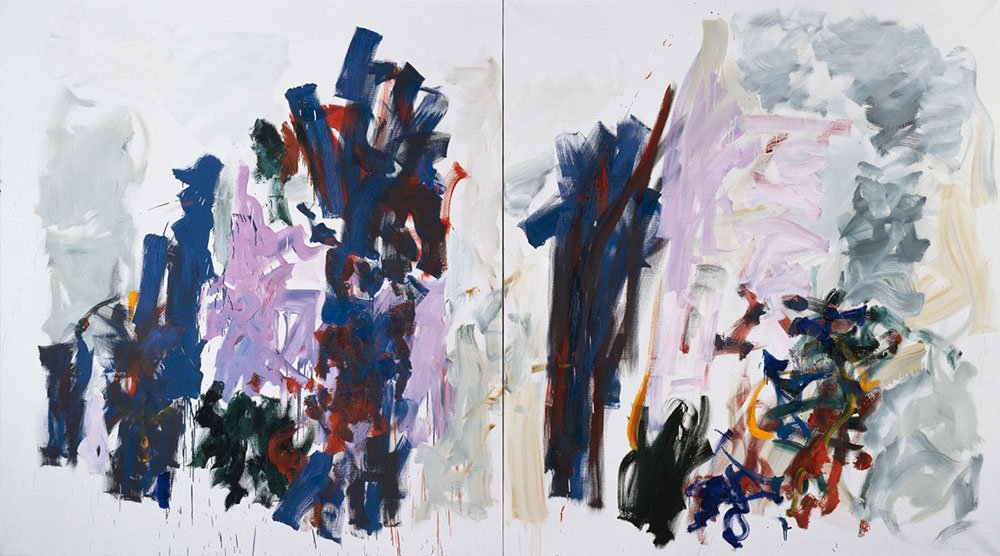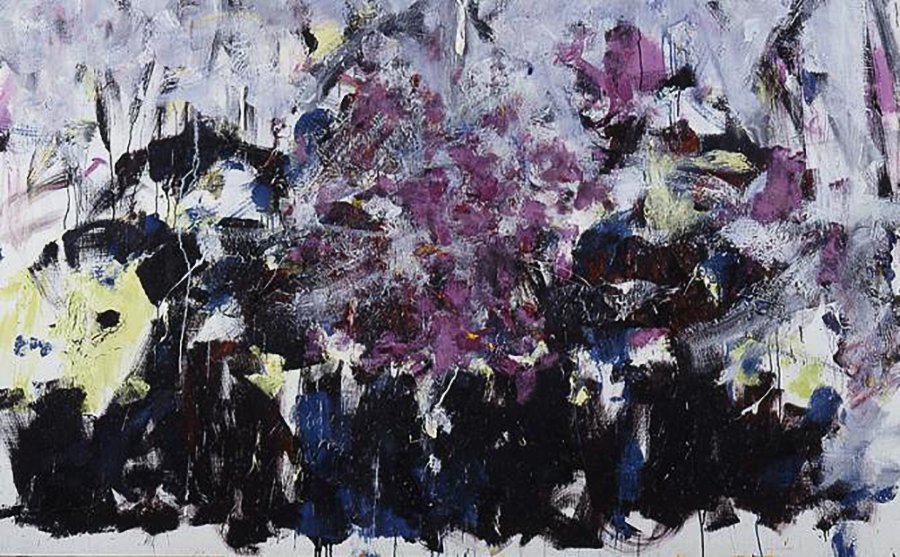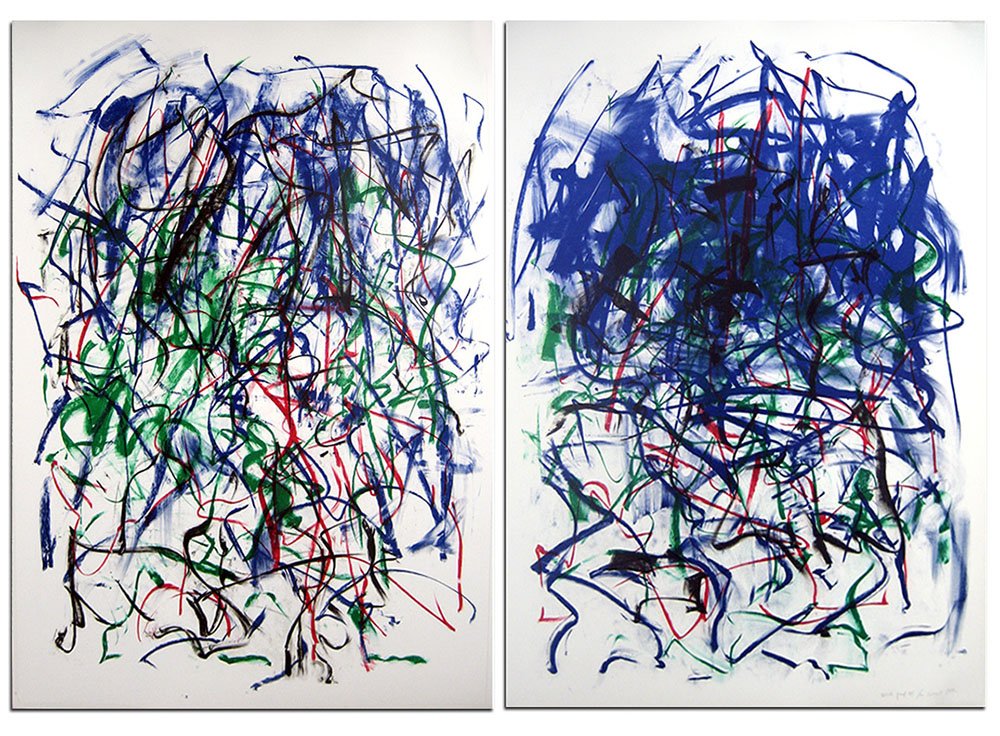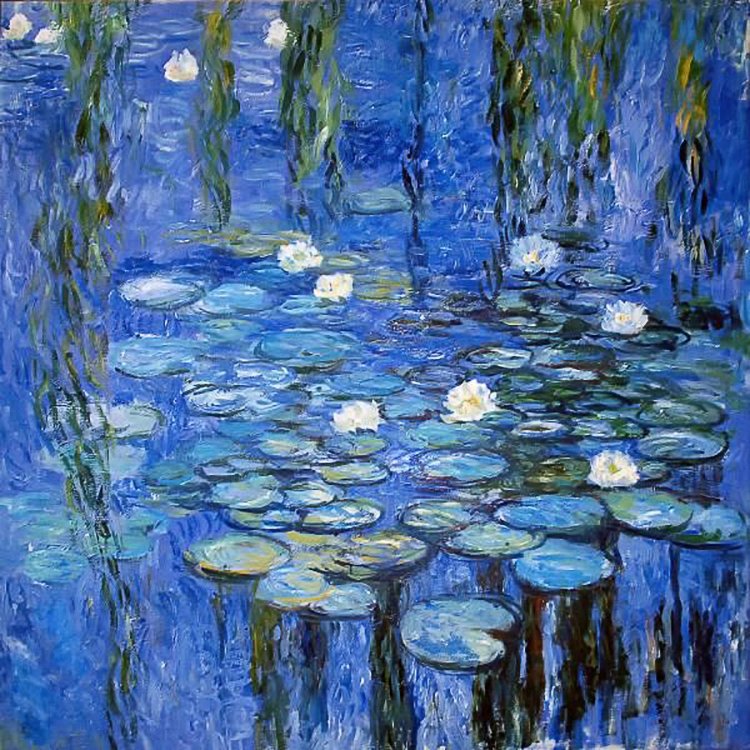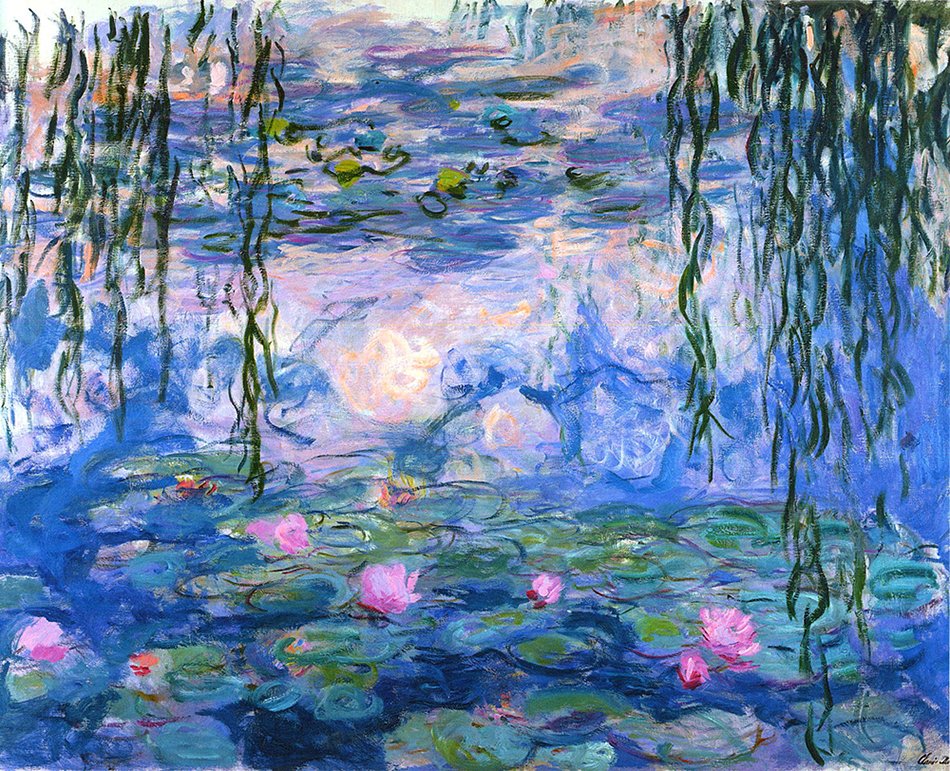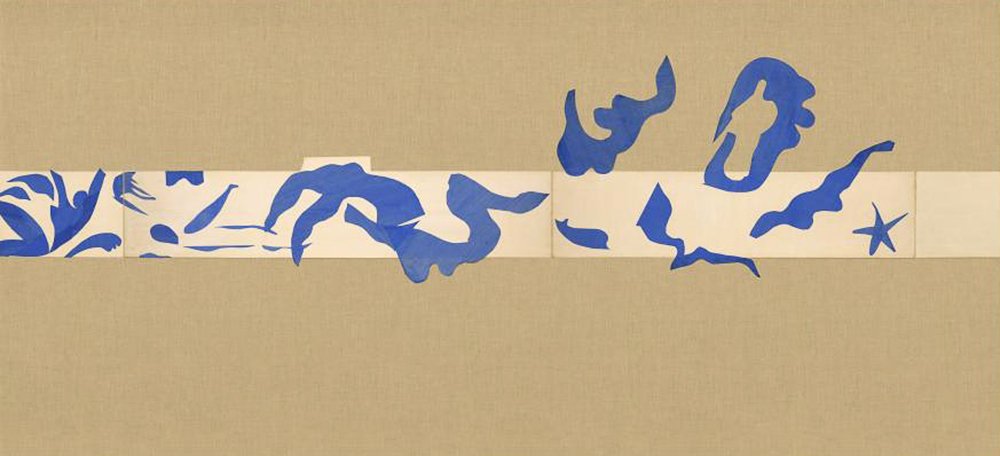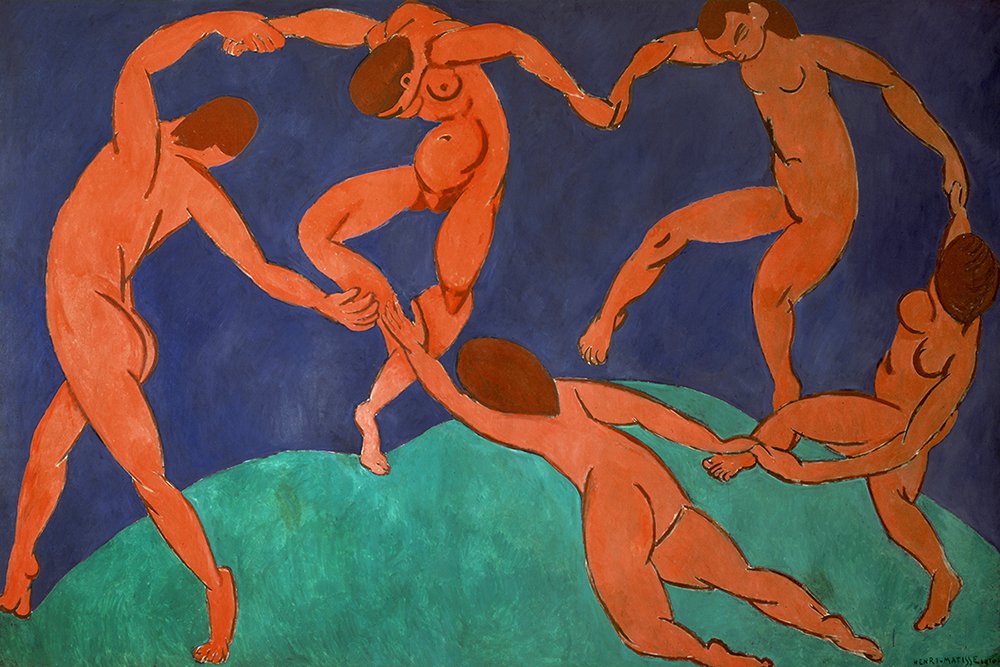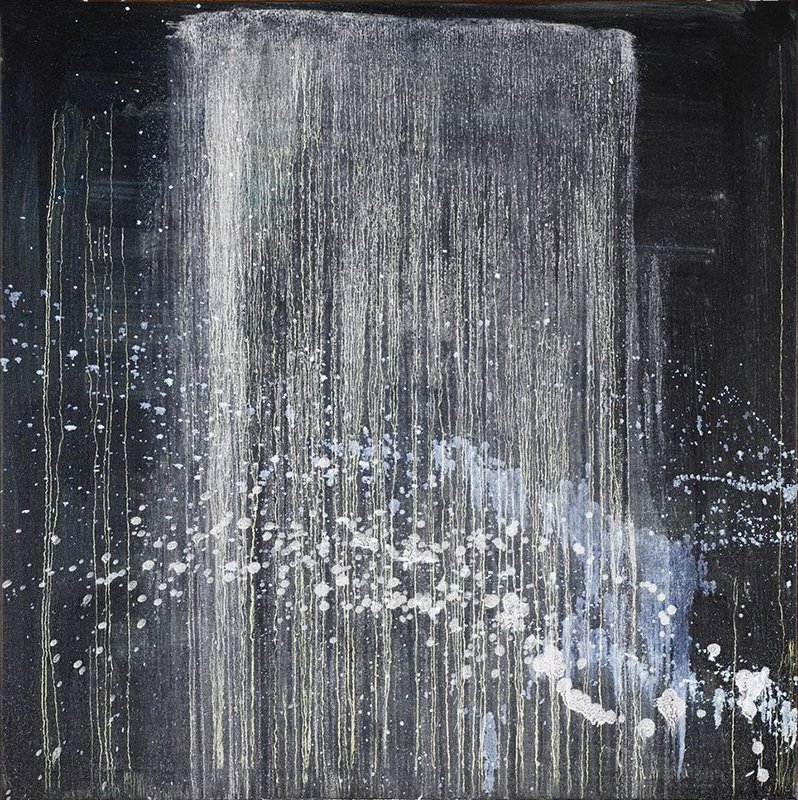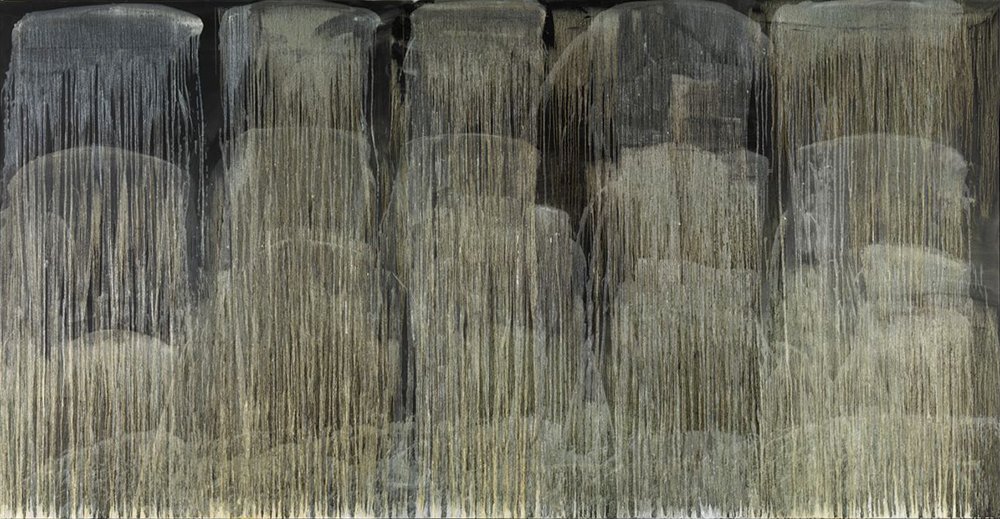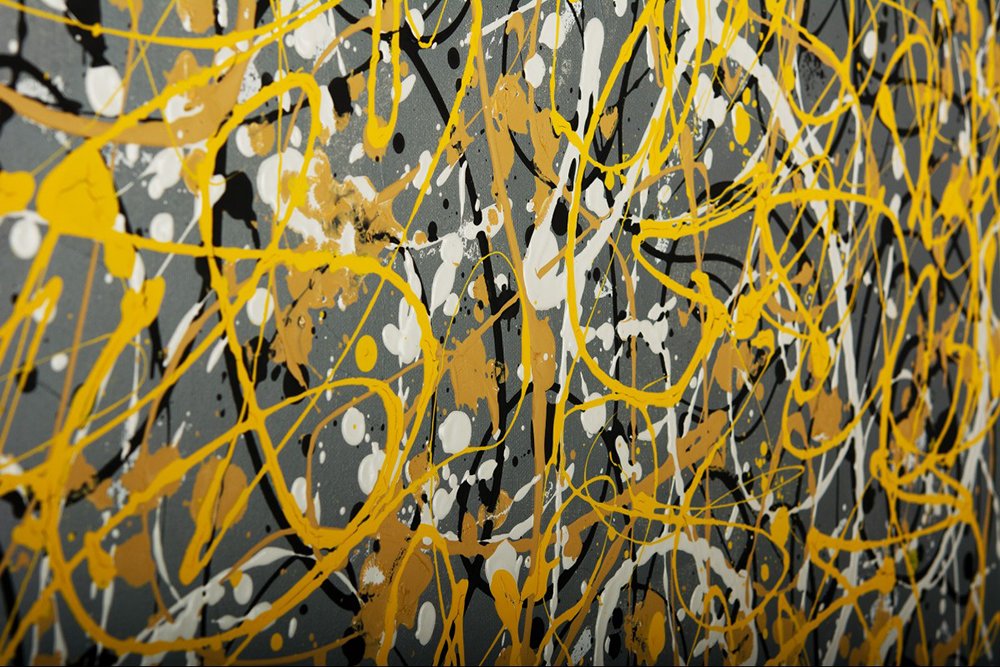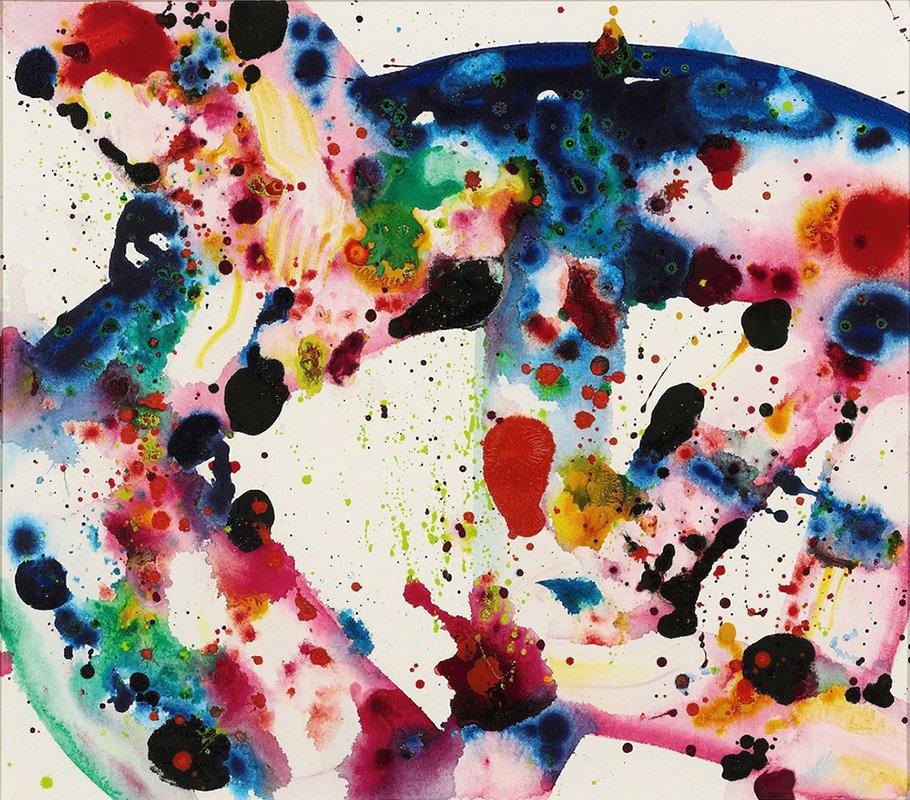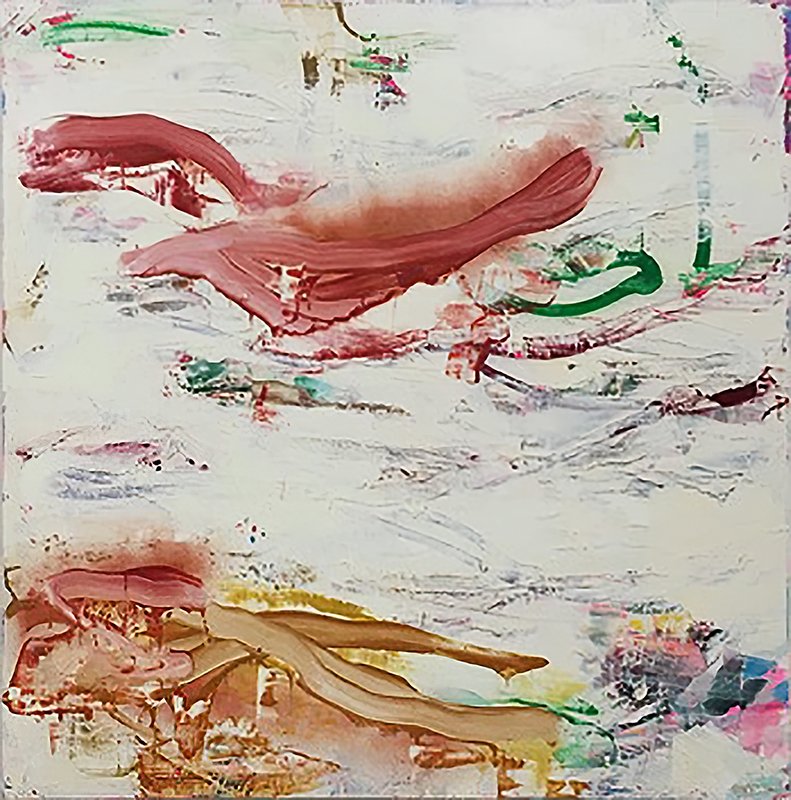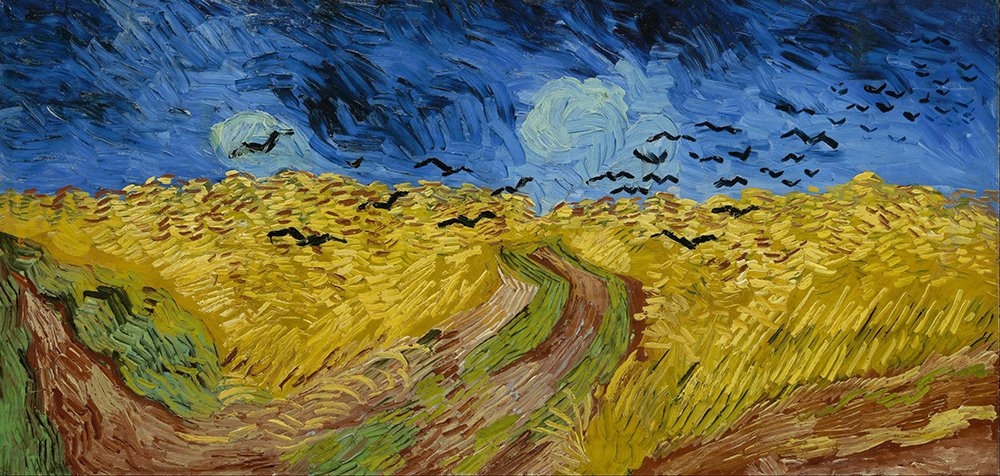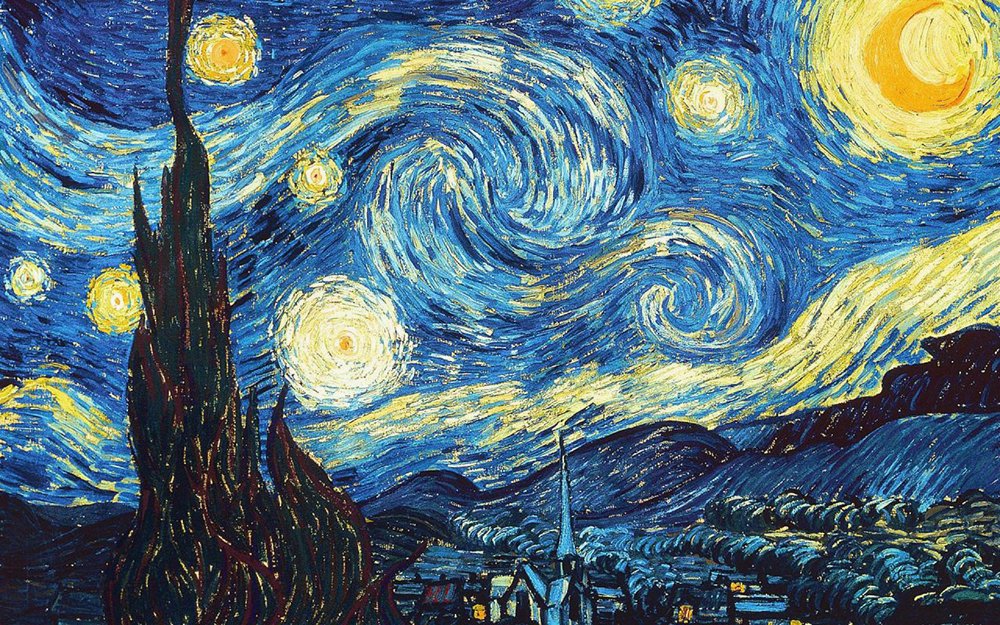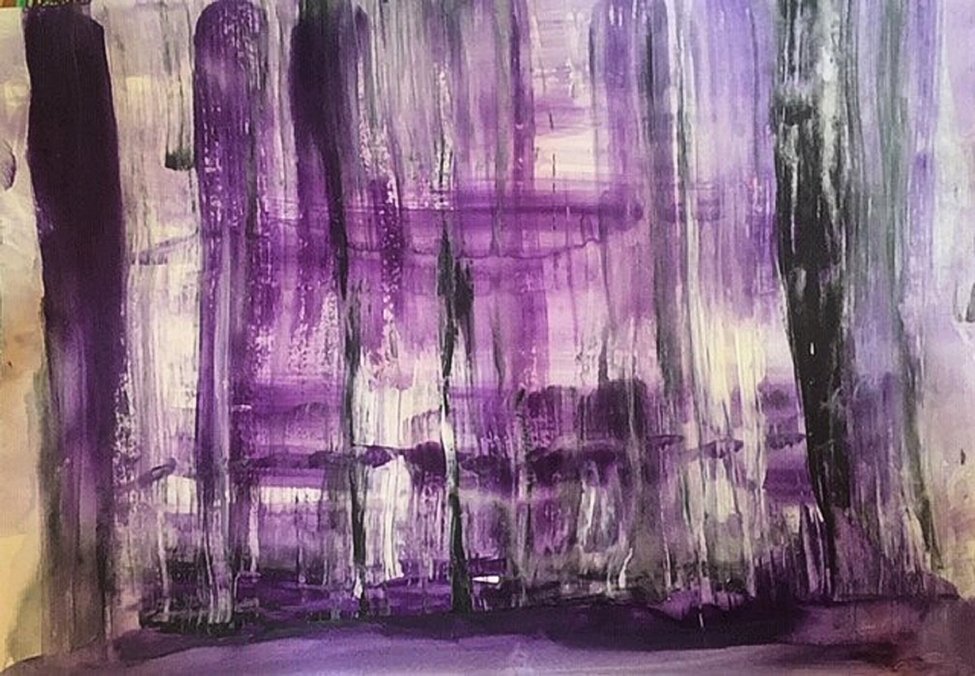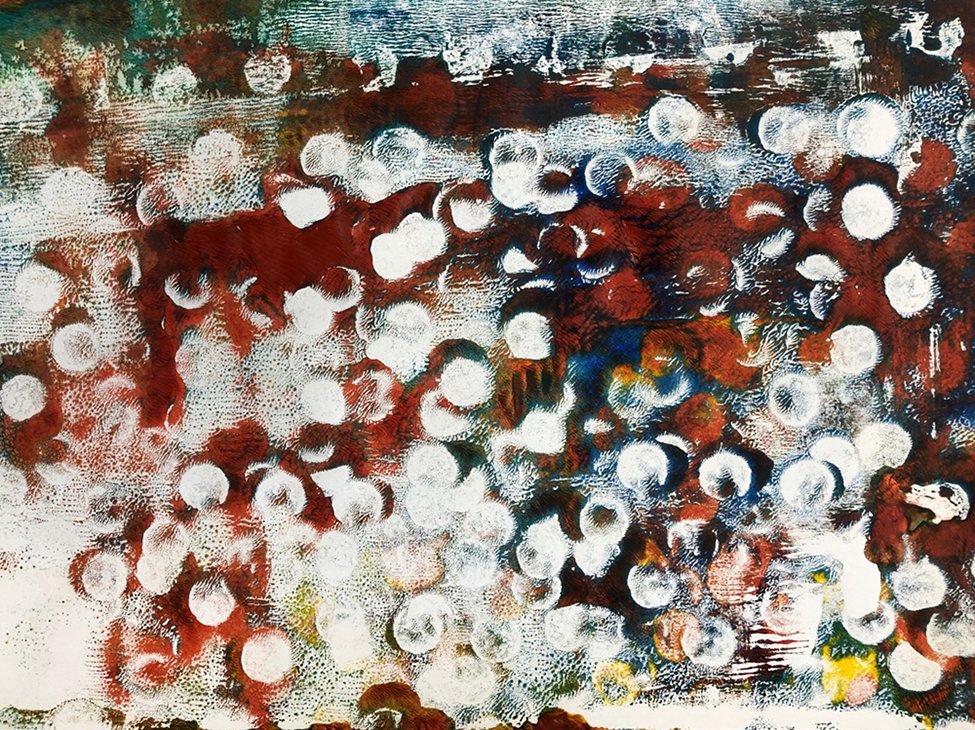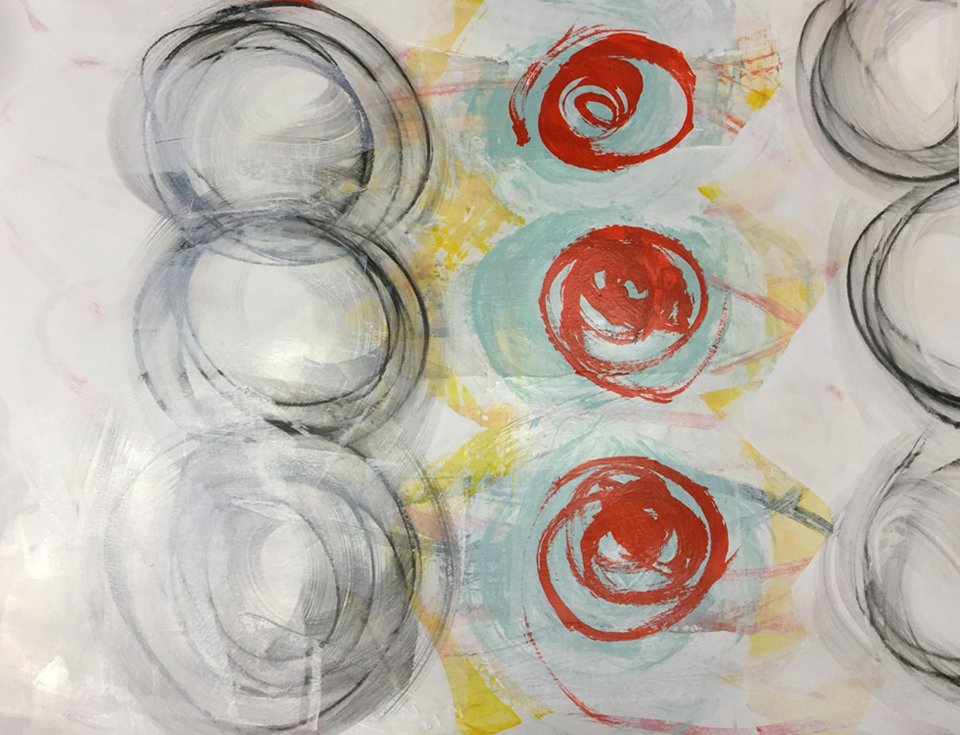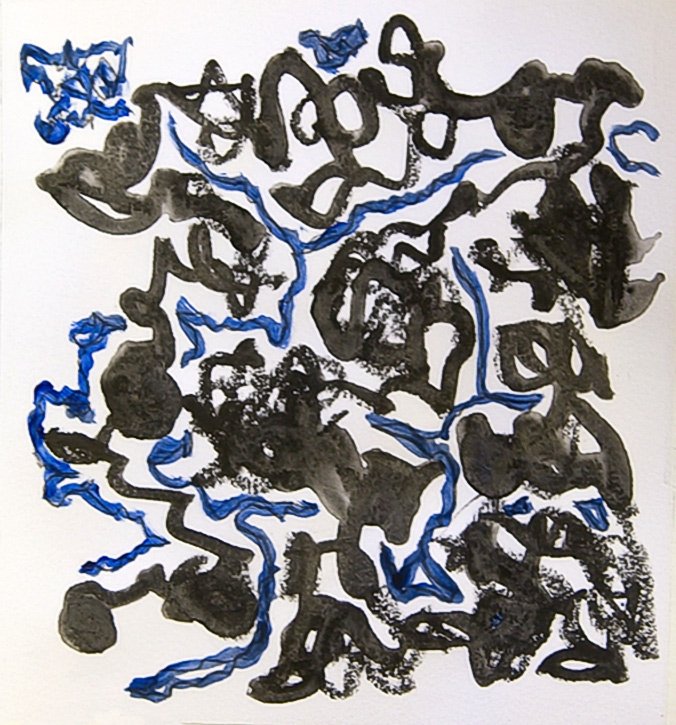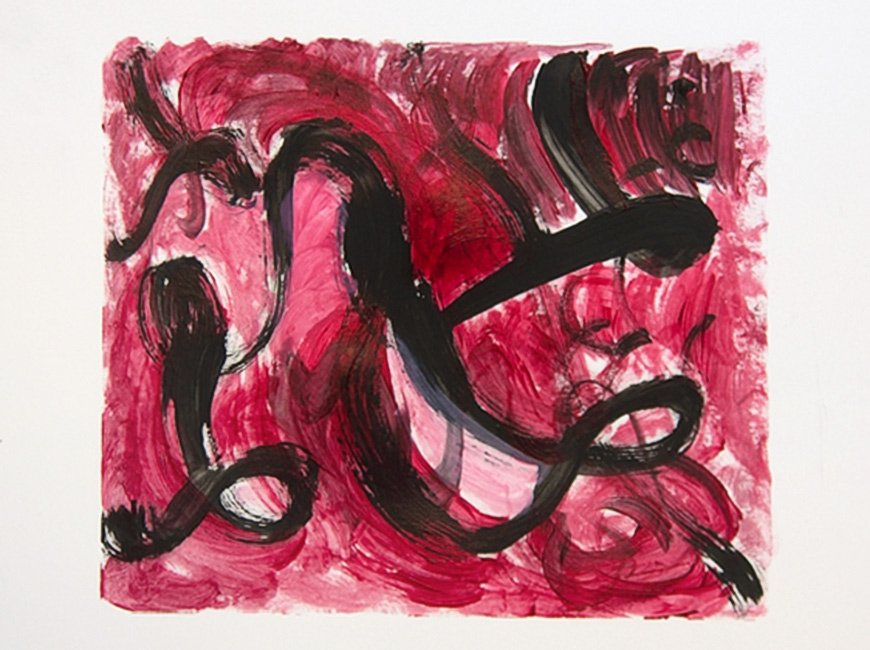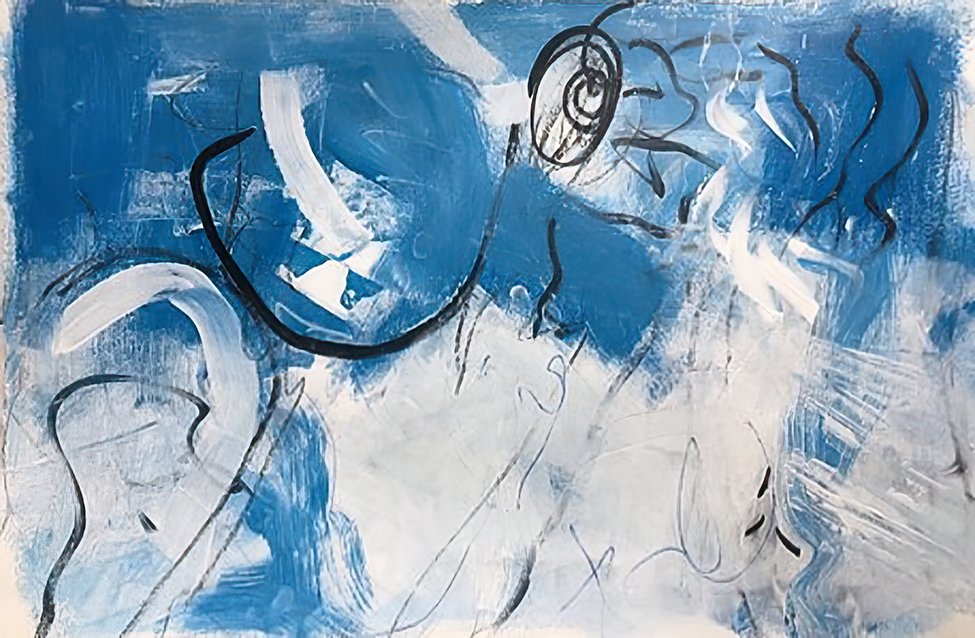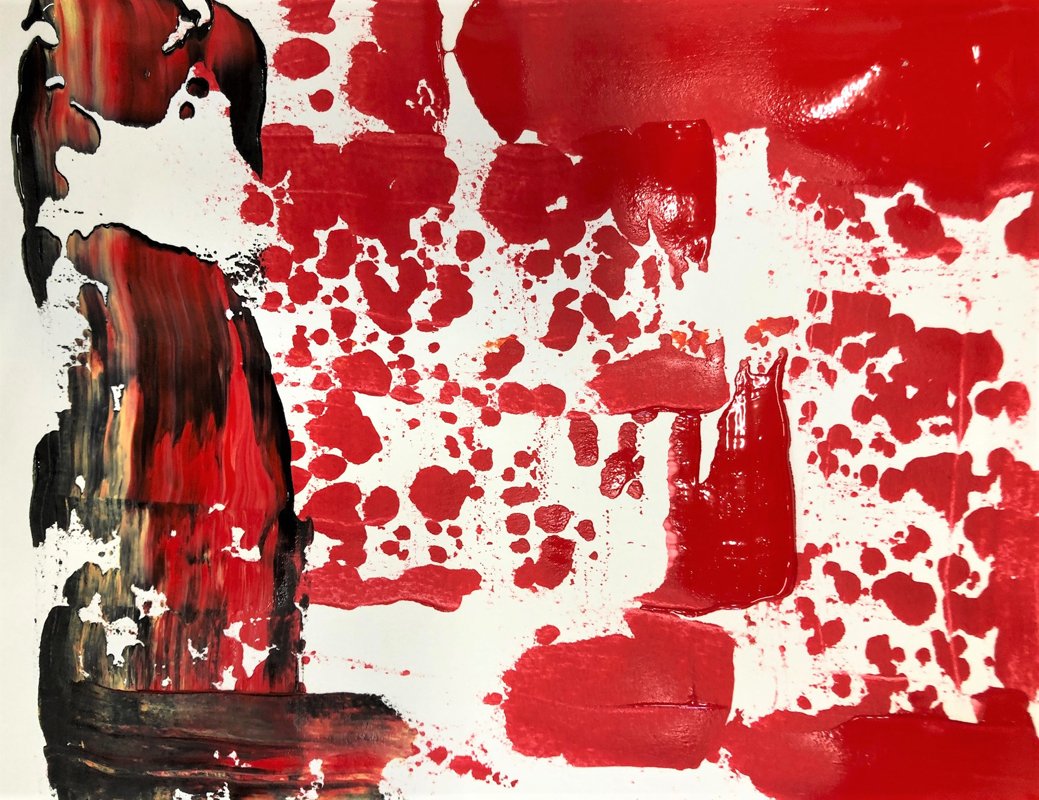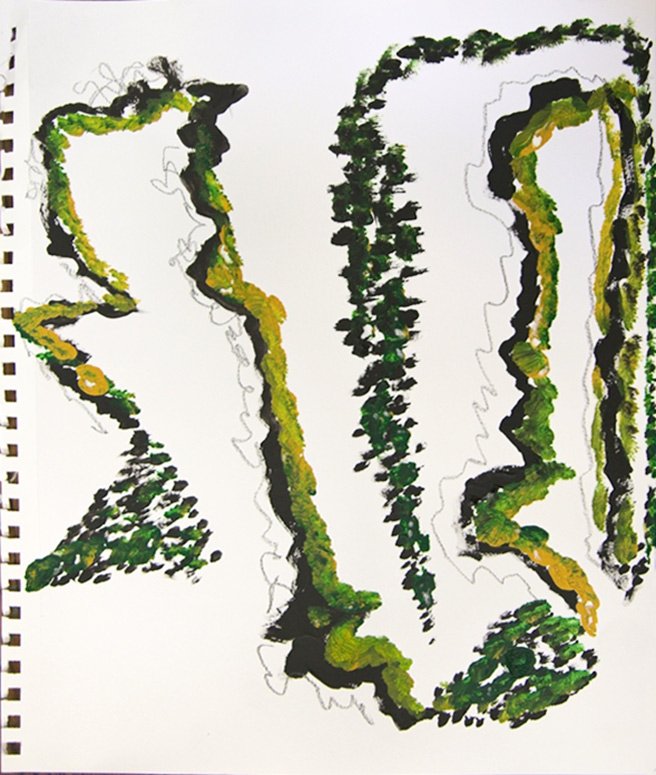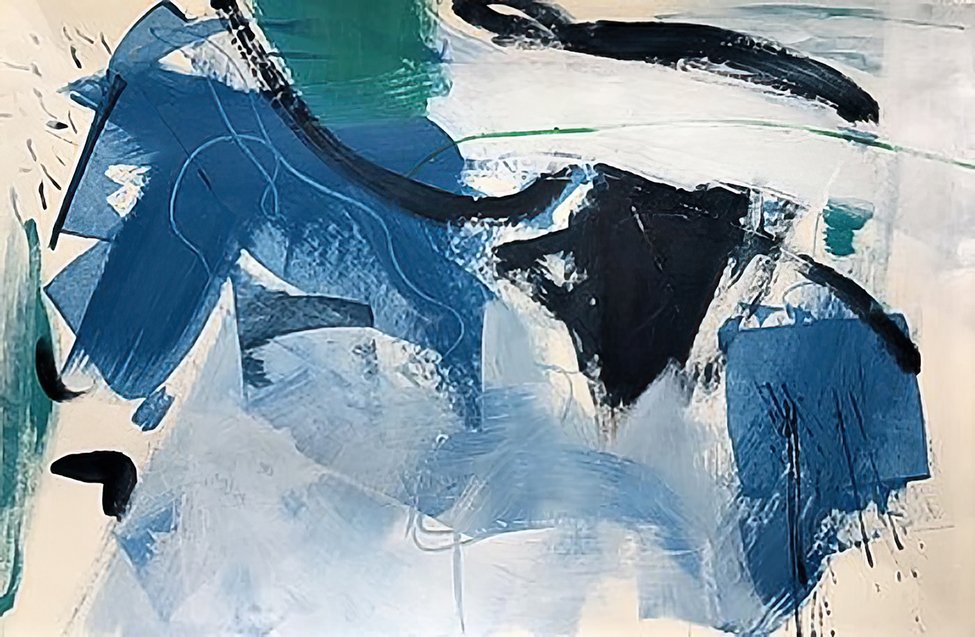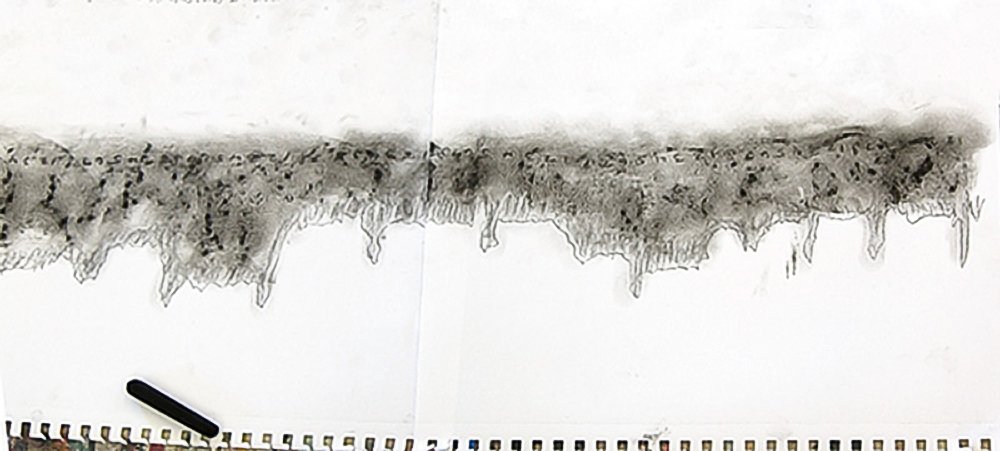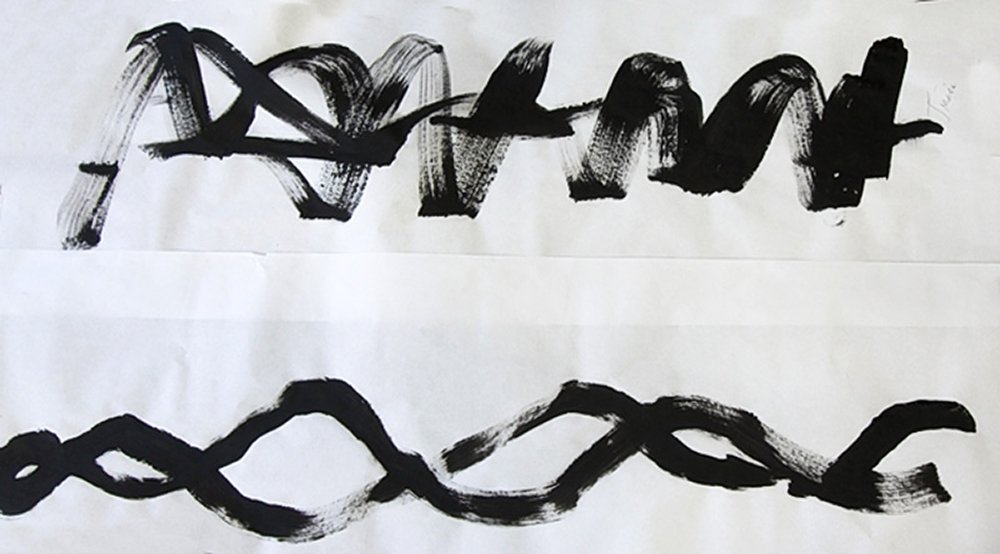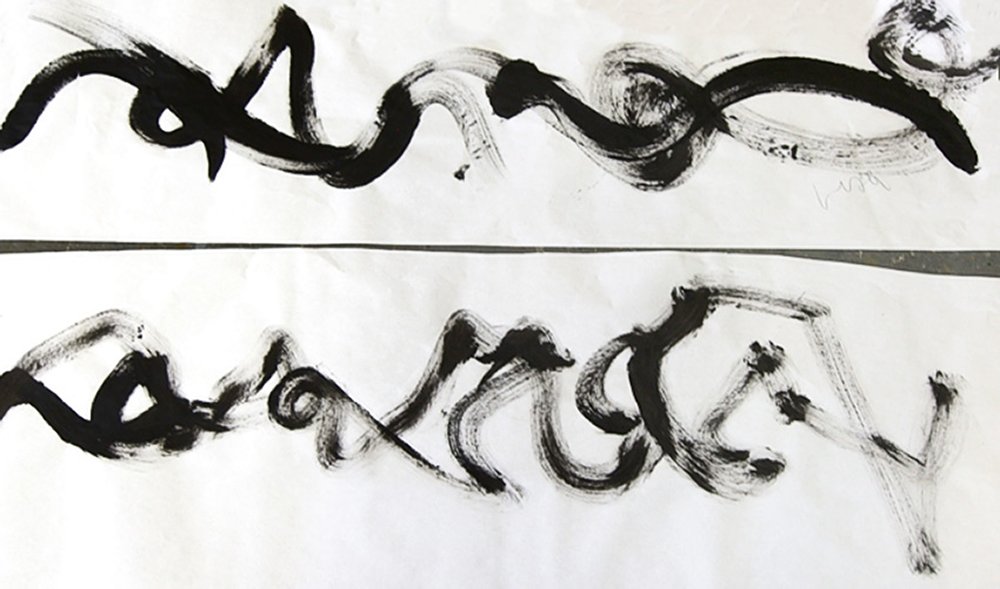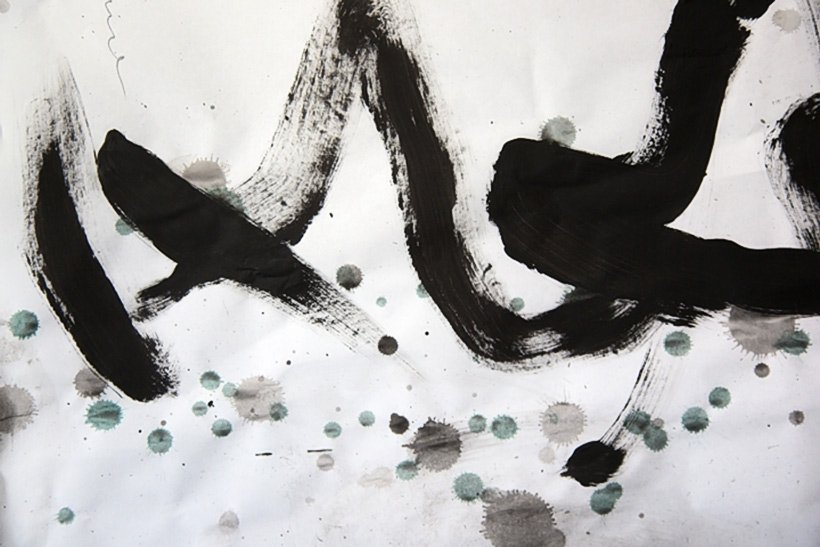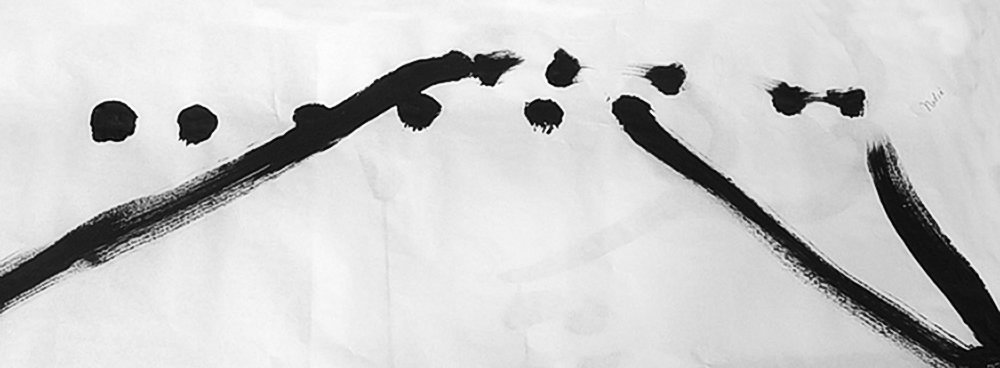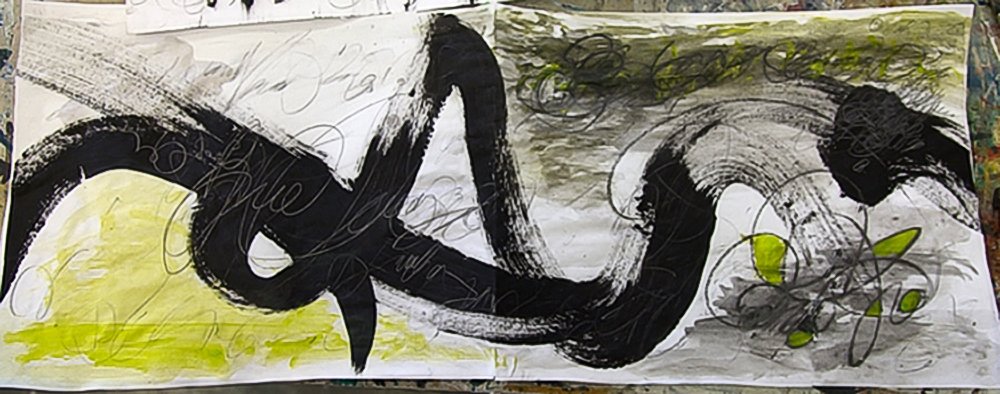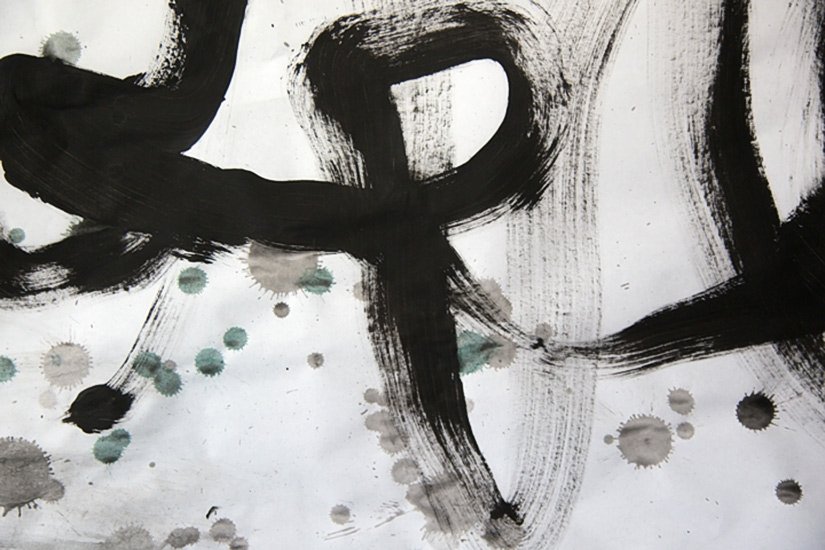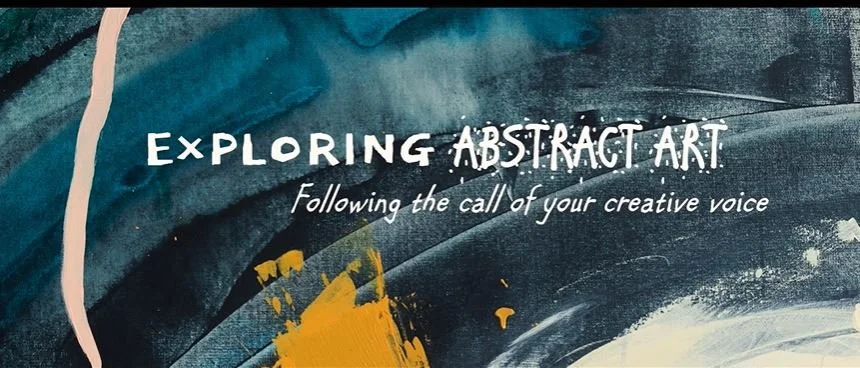
6 - Rhythm and Movement
MODULE #6
RHYTHM & MOVEMENT
"I never violate an inner rhythm. I loathe to force anything... I don't know if the inner rhythm is Eastern or Western. I know it is essential for me. I listen to it and I stay with it. I have always been this way. I have regards for the inner voice."
~ Lee Krasner
Introduction
Rhythm is an inherent characteristic of our lives. We get up in the morning, go through the day, and wind down and sleep at night all according to our own body’s natural rhythm. Then we wake and start the rhythm all over again, throughout our lives. There is a rhythm in our breathing, in the way all animals and plants are born, grow, and die. There is a rhythm in the waves, in the planet as it turns and gives the seasons and in the universe expanding and contracting, giving birth and the death. Rhythm is everywhere and in everything. It is one of the most natural expressions of life. Humans and other animals enjoy moving in rhythms such as dance and play.
And the wonderful thing is that we can take advantage of this inherent rhythm in our art and compositions to make dynamic paintings. By becoming aware of how rhythm is in us and affects us, we can explore it and express it in our paintings.
Everything is in motion and rhythm is the movement in which elements recurs regularly. Like a dance it will have a flow of objects that will seem to be like the beat of music. The predictability of the rhythm in art, or the tempo is achieved by how the elements are placed within the composition. If elements are placed in a predictable manner they form a pattern. This pattern resembles a musical movement or fluid and flowing appreciation of the artwork. This pattern denotes order, the sequence of the order is what creates the ‘tempo’ of the rhythm.
Movement is the path the viewer’s eye takes through the artwork, often to a focal area. It can be directed along lines, edges, shapes and color. Movement is closely tied to rhythm. (Movement and rhythm are married to each other.)
Both Rhythm and movement help the viewer appreciate the mood and the feeling of the painting.
Music and art are related
It is helpful to think of music when understanding and getting in touch with rhythm in the visual arts. In music, the beat is the basic unit. The beat is the fabric and underlying structure of the musical piece. It is experienced over time and is repeated in a sequence over and over. Beats can be singular or come in patterns and these units or patterns are the rhythm to the music. It is helpful to listen to music to pick out the beat and feel the beat in your body. As you start to notice the pattern of the beat, you notice it can vary and still maintain the rhythm of the music. So, too, a repeating sequence of marks creates a pattern in a painting and the patterns gives the painting its rhythm, tempo, and mood.
Made up of sounds, music is a composition of tempo, rhythm, melody, and harmony which communicates energy and emotions to the listener. Similarly visual art, made up of lines, shapes, color, etc., is a composition which communicates energy and emotion to the viewer. Both music and visual art share similar qualities, so they cam inform and compliment one another.
In some cases, you can have a beat with an overlaying rhythm which can add a richness to the music and to the painting.
A melody is a linear succession of musical tones that the listener perceives as a single entity. In its most literal sense, a melody is a combination of pitch and rhythm, while more figuratively, the term can include successions of other musical elements such for tonal color. It may be considered the foreground to the background of beat and rhythm.
Melodies often consist of one or more musical phrases or motifs, and are usually repeated throughout a composition in various forms. In a painting, the colors, the strokes, the use of the tools can provide a rich and multilayered painting full of “melody” as they build and enhance and interact with the basic beat and rhythm of the image.
The exercises in this section are designed so that you can experience simply beats and more complex rhythms and melodies and express them energetically and with the tools of art making. We will also find our own unique body rhythm through our own intuitive body movements.
SLIDE SHOW
Please look at the slideshow on Rhythm and Movement and notice how the eye can be directed by the movement and how the mood can be felt by the rhythm.
MATERIALS:
Graphite pencils 9B, water soluble or non-water soluble
Fluid black acrylic paint or black acrylic ink
White acrylic
One other color acrylic
Large white craft paper 36” x 48”
Blue painter’s tape ¾”- 1” wide
Mixed media paper 18” x 24”
Paint brushes of various sizes and widths
Extra large calligraphic round paint brush
Long handled plein aire paint brush, number 6 round
Black pastel or charcoal
Mixed media workbook 9 x 12” or 11 x 14”
EXERCISE #1
Beats, Rhythms, Melodies
Choose a piece of music that you like. It should have a distinct beat.
We have compiled a list of music for you... CLICK HERE to download
Make a double-sized page in your mixed media workbook by taping two pages together. Fold it open in front of you and feel the page size with your hands. Put on your chosen music. With a graphite 9B pencil in hand, feel the beat in your body, then begin to move the pencil across the top 1/3 of the page to the beat creating a continuous, line representing the music. Depending on the beat of the music and size of your marks this could take 10 to 15 seconds to move across the page.
Now, put on a second piece of music. Make it very different in beat with a distinct rhythm. Repeat the process of feeling the music and moving the pencil across the 2nd 1/3 of the paper, as a timeline of the music you are experiencing about 10 to 20 seconds.
Finally choose another completely different piece of music, this one with a beat, rhythm, and melody. A classical piece of music could be a good choice here. This music can be more complex and sophisticated. Repeat the process of feeling the music and move the pencil across the bottom 1/3 of the paper in sync with the music you feel. You can choose to emphasize the beat, the rhythm or the melody. Notice how you can feel each part of the music and how it is different from the other. Again it should take about 10 to 20 seconds to move across the page.
Look at the marks you have created on the paper. Notice how the move across the page and perhaps repeat as you followed the beat. Notice the difference in the three expressions of the three different types of music. How did it feel to express yourself in lines with the music? Which music resonated with you for expressing yourself with the graphite pencil? Image how this rhythm can be used to create a painting. Notice how the rhythm can create a structure for a painting.
Take some time and start a painting using a piece of music of your choice. Create a beat, a rhythm, and/or a melody in your work with marks. Repeat the elements to create a structure. Continue painting until you have a finished composition.
Review your work: How did it feel to paint to music? Did the beat, rhythm or the melody help you in creating a structure intuitively? Did you find this a helpful way to begin to create? Notice what you liked and did not like about this experience. Notice the kinds of marks you were making----were they angular or curvilinear? Notice the way you used the graphite tool in each piece. Notice the feelings that you felt in each piece. Did those feelings get expressed in your lines?
EXERCISE #2
Creating Rhythm with lines and shapes
Materials: mixed media workbook, shapers, scrapers, paint brushes, palette knife, black paint, white paint, and 2 colors of acrylic paint.
In this exercise, experiment with different line rhythms and different shape rhythms. First, put one rhythm in black and white on the page. Then add another. You can make one rhythm with lines and another rhythm with shapes or both rhythms can be lines or shapes. They can intermingle or intersect or not. Experiment with making two or more rhythms with different colors. Watch how it increases the energy and eye flow of your piece. This is a great exercise to explore different ways to make rhythms from your own intuition and imagination. Have fun with color and rhythms too.
EXERCISE #3
Exploring types of rhythm
Five types of rhythm
Regular Rhythm - arrangement of parts with a regular space and interval between them.
Random Rhythm - occurs when positive and negative shapes are repeated in a manner without order or any planned arrangement.
Flowing Rhythm - bends and curves motifs and the space within the paintings or drawings.
Progressive Rhythm - occurs with the gradual increase or decrease in the size, color, number, or some other qualities of repeated elements.
Alternating Rhythm - change in the dynamic, the focus, and the speed of the repeated motif
TO DO
Materials: mixed media workbook, shapers, scrapers, paint brushes, palette knife, black paint, white paint, 2 colors of acrylic paint, 22" x 15" heavy-weight mixed media paper.
Working in the workbook and using no more than two colors and black and white, create samples of the different kinds of rhythms above.
Using either the workbook or a larger sheet of paper 22" x 15" make a composition with one or two rhythms as its basic structure.
BONUS
Starting a Painting with Rhythm
Rhythm (s) is a way to organize space and create eye flow; it helps with organizing the elements of line, shape, color, value, etc., into a structure with movement.
One way to start a painting is by using repeated shapes, patterns, or motifs to create rhythm(s). Here I am demonstrating starting a painting by putting a series of "B's", "m's", and "S's" on the paper. This sets my intention for creating rhythm as a structure as I paint. Even if these letters are veiling or obliterated they inherently provide a rhythmic structure.
TO DO
What kind of rhythms do you like? Make a painting starting with a structure of rhythm.
"I look at a lot of artists. I'm inspired by - I suppose I shouldn't say 'inspired,' but it's not really influenced. I am inspired. Art comes from art."
"My line is childlike but not childish. It is very difficult to fake... to get that quality you need to project yourself into the child's line. It has to be felt."
"When I work, I work very fast, but preparing to work can take any length of time."
~Cy Twombly
Cy Twombly (1928-2011) was born in Lexington, VA. He started making art at the early age of 12 and later studied art in Boston, at Art Students League of NY, and at Black Mtn College, NC.
One of the key figures in 20th century art, Cy Twombly's images combined painting and drawing techniques, repetitive lines, and graffiti-like scribbles. He was an erudite, sophisticated, and emotional painter and although he spent a great deal of time visualizing and imagining his image before he worked, when he did create he was quick and spontaneous.
"Gestural” is used to describe expressive and vigorous mark-making, while “abstraction” refers to art that does not represent the visible world. These qualities can be observed both in the practice of an East Asian Calligrapher, whose state of mind may be reflected in the pressure, rhythm, and speed of an inked brush across paper, and in the movements of action painters, who revealed their psychological states through a variety of bodily techniques that included dabbing, dripping, pouring, pulling, smearing, and streaking paint on canvas.
Cy Twombly moved to Rome in 1958 where he divided his time between Italy and NY, where he worked and lived for decades. Cy Twombly had a six-decade-long meditation on gesture, image, symbol, and beauty.
The works we chose to focus our discussion exemplify the flow, the rhythm, the layering and natural, spontaneous marks which are hallmarks of Cy Twombly's art.
GALLERY
Rhythm is a palpable energy of movement which has an implied sense of time. The rhythm can be horizontally across the image, vertically, or diagonally. Rhythm can be expressed as repetition of shapes, color, or textures. Notice all the different energies or "beats" and "melodies" of the works in the slide show. Feel the rhythms in your body. See how different accents enhance the rhythm and movement. Using rhythm as an element in your art will provide the viewer easy access into your personal expressiveness.
